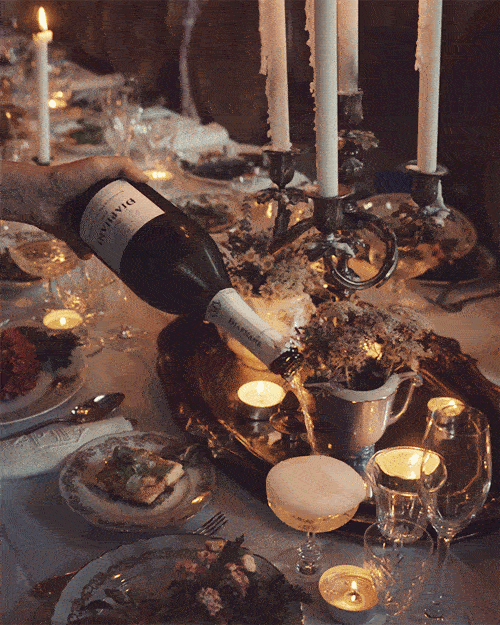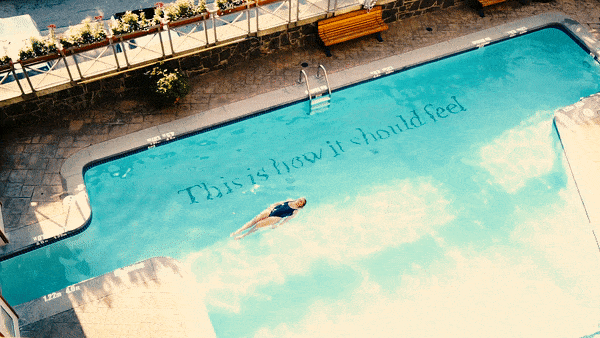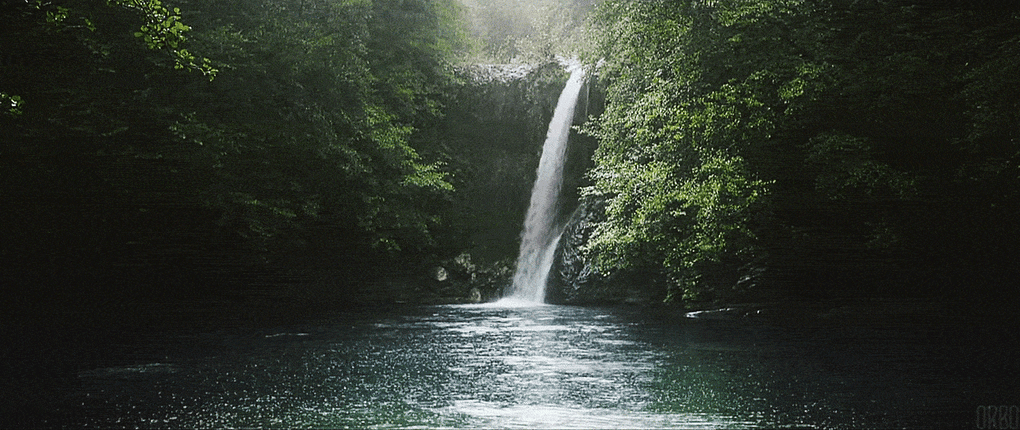In the continuous mission to create eye-catching, thumb-stopping content that stands out from the pack, one of our favourite creative assets to leverage is surprisingly subtle.
A cinemagraph is not quite a photo and not quite a video. It’s a beautiful hybrid that brings a still photo to life with a hint of continuous, repeated movement. When done well, there’s understated artistry that draws a viewer in. Capturing their attention in a way that can be more effective than a busy gif or a flashy video.
Photographers Kevin Burg and Jamie Beck are credited with inventing cinemagraphs in 2011. However, videographers and photographers had been working with similar treatments for some time. Burg and Beck’s early work with large brands like Armani, Chanel, Tiffany & Co., and Chopard propelled cinemagraphs into the spotlight, yet they still remain a surprisingly unused asset in marketers’ toolkits.
This campaign cinemagraph is one of the earliest creations by Burg & Beck in 2011:

Capturing a moment in time
Cinemagraphs can liven up almost any social media feed. For an experiential brand like a hotel, they can tell an in-depth story about a guest’s travels. A CPG (Consumer Packaged Goods) brand can highlight their product in action in a customer’s home. Even a corporate headshot can showcase the subject’s personality by animating key elements in a creative way. Ultimately a cinemagraph should bring back to life the fleeting moment in which it was captured.

Subtle but powerful
Their hypnotic nature is not only beautifully mesmerizing, but they’re also an effective medium to drive engagement. Flixel’s findings show that cinemagraphs are over 5x more effective in generating clicks than still ads. Even better, Microsoft found that because their engagement was far higher with cinemagraphs (with an increase of 85%), the cost per engagement decreased by 45%.
Planning the perfect cinemagraph
Proper planning of the creative direction of your cinemagraphs is essential. Much like the medium itself, the planning process is a hybrid of a photo shoot and a video shoot. Here are some considerations to keep in mind that are unique to cinemagraphs:
Elements like wind and water have a natural movement that lends itself well to animation.
Movement
Any movement should feel natural and organic. Ideally, it should take up a small amount of the frame.
Still
The stationary components of the frame can tell just as much of a story as the animated ones.
Composition
This is arguably more important in a cinemagraph than in a still photo. Because the animation causes something of an optical illusion, the balance of the frame must compensate by being especially pleasing to the eye.
Restraint
Cinemagraphs became popular largely because of their artistry, and the subtle beauty that could draw a user in. Resist the urge to over-animate, which could easily cross the line into video territory.

The eye is immediately drawn to movement, so it’s ideal to animate a featured product.
Even the subtlest hint of movement, when contrasted upon a still scene, will draw a viewer in.
Producing cinemagraphs
Cinemagraphs begin as video clips. With that in mind, the three key ingredients for production are a tripod, a camera that shoots video, and editing software. A tripod is essential to secure a stable frame, video captures the movement, and software isolates the movement in that delightfully subtle way.
The quick-and-dirty DIY solution could include a $20 tripod from Amazon, an iPhone, and a subscription to purpose-built software Flixel. The Creative Team at Major Tom prefers a commercial-quality recipe that includes Manfrotto, Canon, and Adobe.
Posting your cinemagraphs
When it comes time to post your cinemagraphs to your social channels, video works better than gifs to take advantage of the autoplay feature on most platforms. Also, remember that sound is meant for full-fledged videos, so it does not need to play a role.
Random fact alert
While browsing the internet, we stumbled across an interesting article that questioned whether David Bowie had in fact used the very first cinemagraph. Funnily enough, the author, Peter, had stumbled across the information himself whilst doing some research on the medium. He discovered that David Bowie’s music video, Ashes to Ashes, uses what does look like a cinemagraph. Bowie was certainly an artiste extraordinaire. A visionary. So, could he really have been the founding father of cinemagraphs back in 1980? We’ll let you be the judge.
If you're interested in more formats, discover what we had to say about augmented reality or the rules around reusing social media videos across different platforms. Plus, scroll down to subscribe to our newsletter, which you'll receive once a week with our latest articles straight from the experts.